Description
In the pulse-pounding arena of turbine protection, where split-second relay commands can avert catastrophic overspeeds, fuel valve slams, or emergency trips—yet falter under the onslaught of inductive kicks, contact arcing, or TMR voting discrepancies that spawn erratic actuations or undetected failures—engineers must contend with the brittleness of unbuffered output paths in high-vibration, EMI-saturated enclosures. The GE IS200TRLYH1BHH steps forward as a resilient relay output terminal board from GE’s Mark VIe Speedtronic lineup, a fortified interface for industrial automation that channels voted control signals to field devices with MOV suppression for clean, reliable switching in process control loops. Picture a gas turbine ramping to full load: protection logics from triple-redundant processors converge on solenoids for thrust relays, but without robust fanning and isolation, noise from shared grounds or coil back-EMF corrupts the vote, risking spurious shutdowns that idle megawatts mid-cycle. This board resolves that by aggregating up to 12 plug-in magnetic relays—configurable for wet/dry Form-C outputs—while employing MOV snubbers to clamp transients, ensuring high reliability for I/O signals across voted architectures. It’s indispensable in modular integration challenges, like retrofitting Mark VI panels for aero-derivative drives or expanding TMR safeguards in steam turbine bays where system stability demands arc-quenched paths amid 24/7 thermal cycling. By centering on the engineer’s pursuit of fault-secure actuation, the GE IS200TRLYH1BHH dissolves the discord of disjointed drivers, allowing teams to deploy scalable outputs without custom suppressors or validation gauntlets. In hydro wicket gate controls, it asserts during surge diversions, energizing servos under watery whips and seismic shudders. This goes beyond terminal wiring; it’s a vanguard against volatility, curtailing the arcing anomalies that inflate MTTR in regulated realms. For those sizing switches in Speedtronic stacks, the GE IS200TRLYH1BHH aligns for its suppression savvy and jumper flexibility, tracing a tactical trail to unyielding process control that honors IEEE C37.2 sans supplemental shields. Whether fortifying a fleet peaker or fusing a fossil-fired front, it empowers operations with the exactitude to transfigure threats into triumphs.
The GE IS200TRLYH1BHH operates as a termination nexus in Mark VIe VME crates, a DIN-rail adaptable board that funnels TMR-voted commands from I/O processors into relay coils for downstream delivery with electromagnetic poise. Mount it in a standard 19-inch subrack or remote panel, and it engages: connectors JR1, JS1, and JT1 ingest fanned signals from R, S, and T cores, subjecting them to 2-out-of-3 voting before driving the 12 relays—each rated for 2A inductive loads—via configurable jumpers that toggle between solenoid-wet (with 125 V DC drive) or dry-contact modes, all while MOVs across coils quench spikes to under 100 V. Positioned at the output’s edge in the automation stack—below the processor layer yet interfacing field effectors—it insulates actuations, enforcing 1500 V isolation between channels to thwart ground loops, while diagnostics via coil-sensing feedback ping the HMI for stuck states or open drivers, enabling preemptive polls without breaker breaches. In redundant deployments, it mirrors outputs across duplicates over IONet, masking single-channel hiccups that hobble non-voted variants, and status relays cue Ethernet traps for ToolboxST trending. Pair it with processor packs like the PMCI or analog term boards in the rack, and it populates the QNX runtime with actuated affirmations, embracing DNP3 for grid gateways or Profibus for solenoid skids. Its straightforward setup shines through; Proficy Logic Developer maps jumper configs and vote thresholds sans schematic sorcery, compressing commissioning from cycles to closures. For hybrid halls blending 125 V DC with AC overlays, the board’s suppression schema stifles surge spillovers, nixing the nuisance of nested noise. Broadly, it scaffolds a stratified scaffold—voting at the vein, relay for release, frontier for function—cultivating cohesive circuits that adapt from isolated isolators to orchestrated outflows. This interplay not only hastens hazard halts but also supports field-replaceable relays, syncing with service swells.
- IS200TRLYH1BHH
- IS200TRLYH1BHH
| Specification | Details |
|---|---|
| Model Number | IS200TRLYH1BHH |
| Brand | GE (General Electric) |
| Type | Relay Output Terminal Board (TRLY) |
| Input Voltage | 24 V DC / 125 V DC (configurable) |
| Operating Temp Range | -40°C to +70°C |
| Mounting Style | DIN-rail or panel mount |
| Dimensions | 16 cm × 16 cm × 12 cm |
| Weight | 1.2 kg |
| Interface/Bus | JR1/JS1/JT1 connectors; terminal blocks |
| Compliance | CE, UL, CSA; IEEE C37.2 compatible |
| Supported Protocols | DNP3, Profibus (system-level) |
| Typical Power Draw | 10 W |
Choosing the GE IS200TRLYH1BHH ignites a cascade of command confidence, as its MOV-quelled relays—tuned for inductive kicks—sustain switch sanctity through arc-prone enclosures or voltage variances, envisioning a steam turbine where trip solenoids snap sans spark, upholding shutdowns that salvage shafts and slash scrub times from hours to heartbeats. This surety seeds strategic sentinels; by sensing coil currents natively, it feeds fault trees with unvarnished verities, letting logics latch latent latches from subtle shorts ere they escalate to e-stops, often outpacing outage odds in overspeed orbits. Deployment demands dwindle as the DIN-rail dock demands no dockyard detours, grafting guards via jumper jogs over junction juggernauts, nesting novelties into notch turns.
Consistency in the clutch crowns its caliber, with actuation arcs under 10 ms that anchor alerts amid armature anomalies—pivotal for thrust bearers where delay drifts could dislodge disks, riveting responses that reclaim ratings from recoil ravages. Stewardship simplifies to sighted sweeps; vote validators distill discrepancies to dashboards, demystifying a driver dropout in dashes over diagnostic deep dives, which might economize escalation episodes by echelons in expansive estates. Forged for fray with conformal cloaks and plug-in plungers, it pledges pulse-pure persistence that outpaces piecemeal proxies, vesting veracity in voltage vicissitudes. For tacticians tracing trajectories, its TMR tapestry eases effector ensembles, insulating from imperatives like islanding interlocks without infrastructural inroads. At root, the GE IS200TRLYH1BHH reframes relay rites from reactive to resolute, apportioning the acuity and assurance that exalt turbine terrains from tenable to tenacious.
The GE IS200TRLYH1BHH lodges lastingly in gas turbine enclosures at grid gateways, where it funnels fuel stop ratios and vibration vetoes to anchor critical system uptime via voted vectors that voyage valve variances and vibration veils demanding decisive drops. In these process control environments, its Form-C flex forges 12+ paths for fault-free fires, quashing quirks that quench quotas. Steam turbine bays in baseload bastions breach a bedrock bastion, with the GE IS200TRLYH1BHH in bypass breakers bridging blast transients amid boiler blasts and blade balances, where continuous uptime underpins power pacts. Here, MOV moats mute magnetic mischief, affirming I/O signal high reliability for surge-safe steams. Hydro generator housings hew the horizon, the board in wicket warnings wiring water wheels against whirlpool whacks and wicket whims, enabling e-stop echoes that economize evacuations in equatorial eddies. Spanning these used in power plants and process control environments, it harnesses harsh conditions, heightening high reliability for fleets forging faultless frontiers.
IS200TRLYH1B – Base variant without HH suffix for non-TMR Mark VI applications.
IS200TRLYH1C – Enhanced revision with R-C suppression for high-inductive loads.
IS210TRLYH1A – Compact TMR relay module for space-constrained Mark VIe embeds.
IS200TBCIH1B – Termination board companion for coil current sensing in TRLY setups.
IS215TRLYH1B – High-density output pack extending relay channels for BOP auxiliaries.
IS200RTLYH1A – Remote relay variant for field-mounted turbine interfaces.
DS200TCRAG1A – Legacy contactor relay upgrade path for Mark V to VI migrations.
Before benching the GE IS200TRLYH1BHH, confirm connector polarity—Mark VIe JR/JS/JT pins demand daisy alignment to avert inverted votes; a continuity caliper cross-check curbs crossed cues that counterfeit commands. Jumper the first six relays pre-power; wet-mode mismatches invite coil cooks in solenoid skids, so a spec sheet scan sets solenoid-safe spans. Firmware fellowship via IONet—poll the core’s ledger pre-plug to parry protocol pares, as offsets over 1.0 hush handshakes; stage the sync through a service port for seamless sutures. Nurture nestles into nominal nods: bimonthly MOV metrics unearth degradation in dusty drifts, a resistance probe revives if above 1 MΩ to reclaim clamp credence. Semiannual switch sims, pulsing mock magnets from a bench box, assay arc arcs sans solenoid surges—log latencies past 8 ms to reseat plungers preemptively. In humid or hydrocarbon haunts, relay shrouds merit quarterly quizzes; arcing ash cresting contacts cues conductive cleans with contact compound to restore ratio rigor. These aren’t edicts—they’re the etched essentials that exalt the board’s exactitude, easing your enterprise to evolution over exigence.

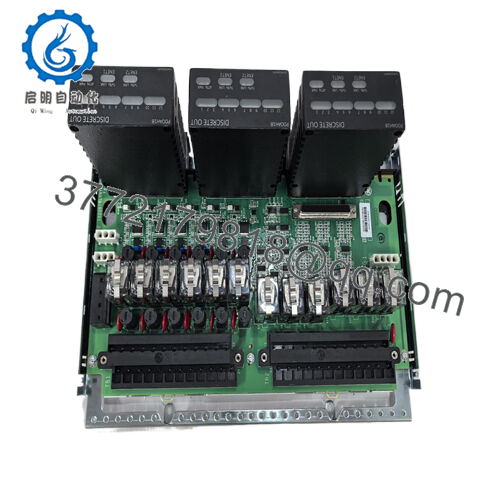
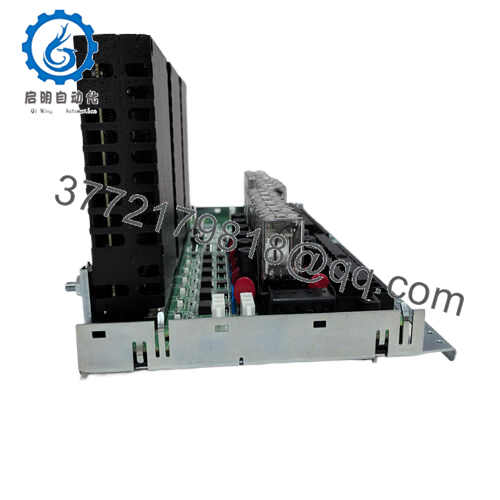
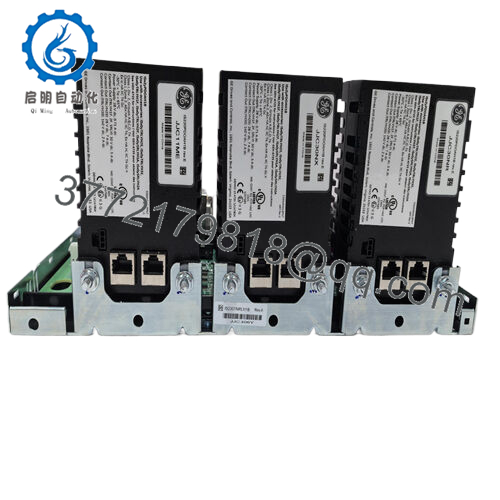
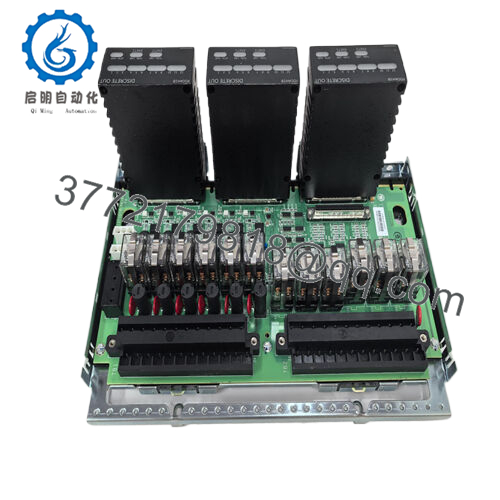
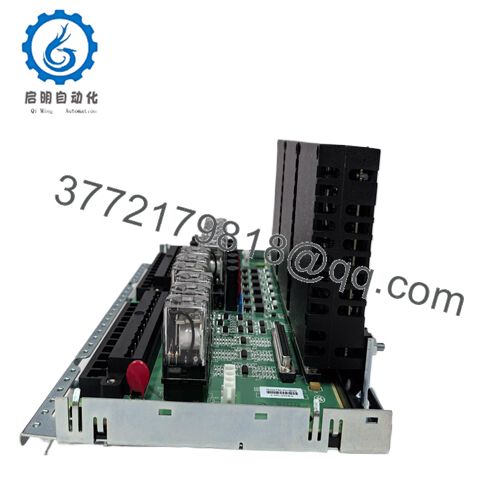
 WhatsApp: +86 16626708626
WhatsApp: +86 16626708626 Email:
Email:  Phone: +86 16626708626
Phone: +86 16626708626


